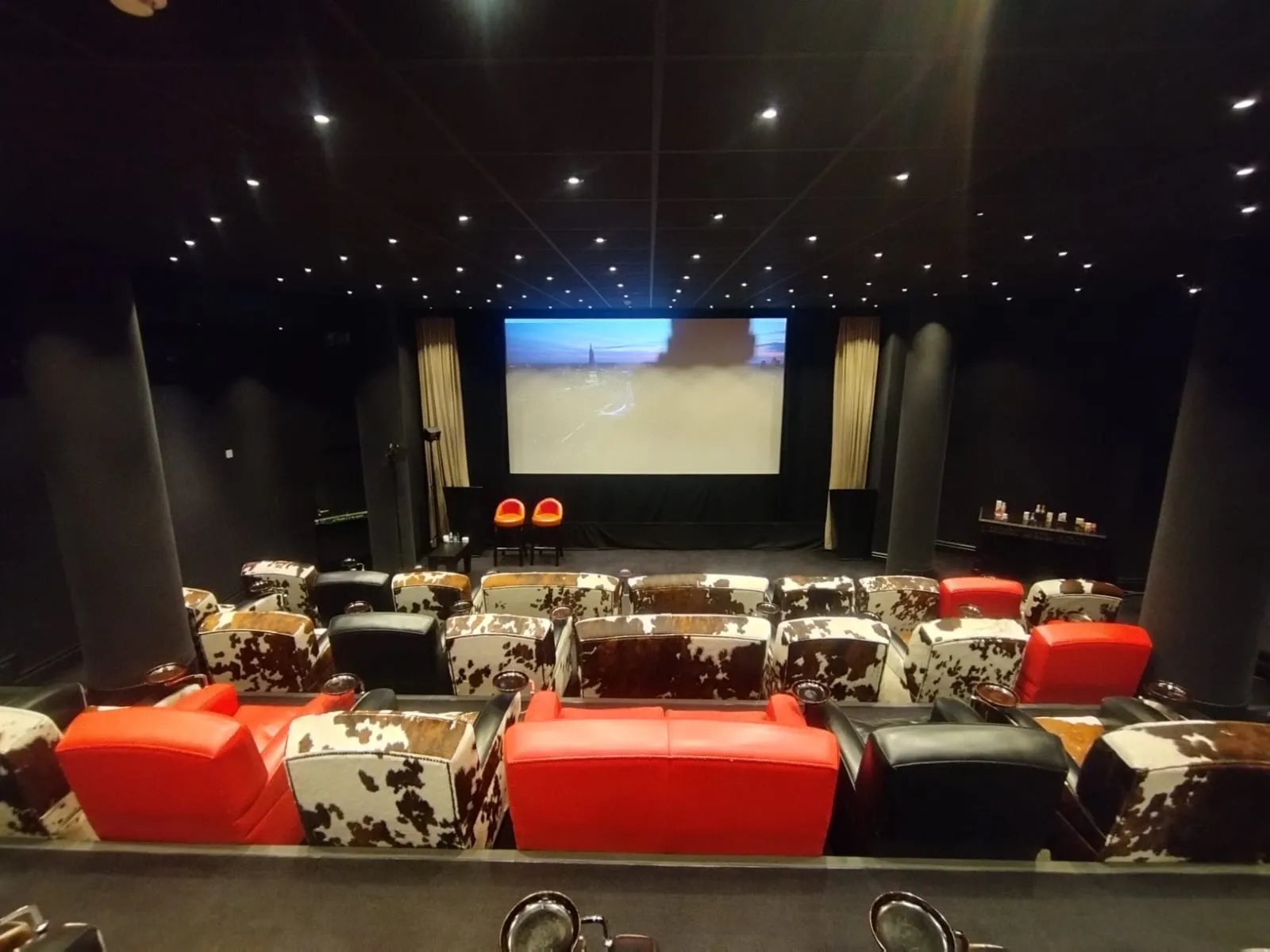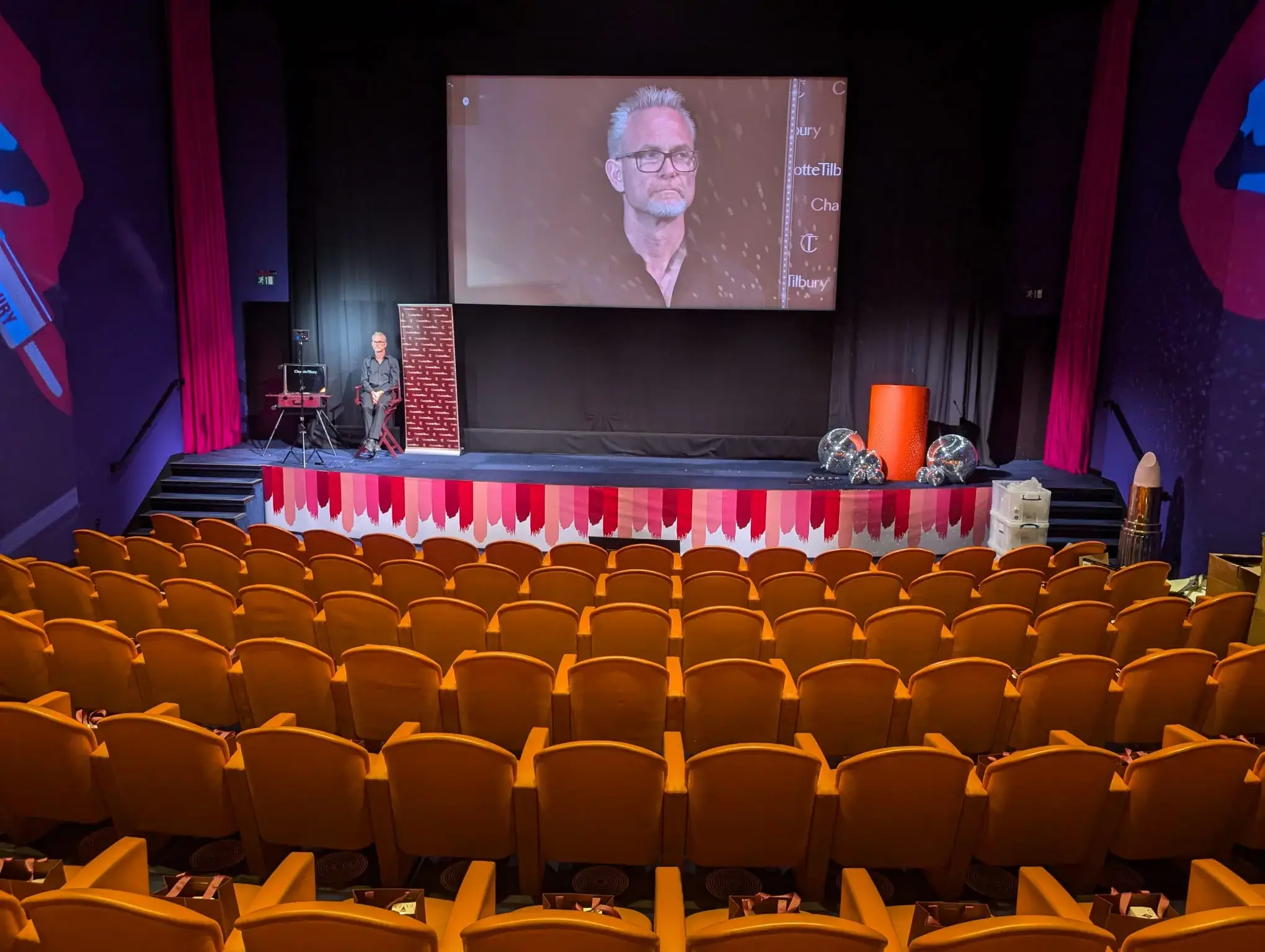Organising an event is both an art and a science. Even the most seasoned planners can face unexpected challenges that derail their plans. However, by understanding common pitfalls and adopting proactive strategies, you can turn potential disasters into opportunities for success.
6 Event planning mistakes to avoid
Prevention is key to success when it comes to event planning. To help you avoid missteps and ensure a great experience for attendees, we’ve done some research for you. Below are the six most common reasons to avoid event failure. Further, we will discuss actionable tips to help you stay one step ahead.
1. Unclear or non-existent signage
Imagine arriving at an event only to wander in confusion, unable to find the registration desk, restrooms, or session rooms. Poor or missing signage can frustrate guests and set a negative tone. Therefore, follow the steps given below to avoid it:
a. Conduct a signage audit
Walk through the venue before the event begins to identify any gaps. Check that each sign is clear, legible, and strategically placed.
b. Design for visibility
Use large, bold fonts, and contrasting colours to ensure readability. Incorporate universally recognised icons where possible.
c. Plan for multiple touch-points
Place directional signs at key intersections, near entrances and exits, and in high-traffic areas like dining zones.
d. Include digital options
For larger or complex venues, consider digital displays or event apps that offer interactive maps and real-time updates.
e. Over prepare
When in doubt, add extra signs to prevent any confusion. The cost of a few additional signs is negligible compared to a negative experience for attendees.
2. Under-staffing
A successful event relies on the coordination of a skilled team. Under-staffing can result in long wait times, missed tasks, and a poor overall experience. This leaves the staff overburdened and the guests under the impression of unprofessionalism. The following are some of the ways you can avoid it:
a. Forecast attendance accurately
Use historical data, ticket sales, and social media engagement to predict attendance numbers.
b. Clearly define roles
Develop detailed staffing roles for registration, security, guest services, and more.
c. Recruit extra help
Plan for contingencies by hiring additional staff or recruiting volunteers. Having a reserve team ensures that any unexpected surge in attendees or issues can be managed without panic.
d. Schedule briefings
Hold pre-event meetings to ensure every team member understands their responsibilities and is updated on the day’s timeline.
e. Utilise technology
Implement communication tools (like walkie-talkies or event management apps) to help staff coordinate in real-time.
3. Poor communication
Miscommunication can quickly become a major obstacle in event planning. When team members, vendors or even guests are not on the same page, mistakes multiply. This further leads to delays and a breakdown in service quality.
a. Regular check-in meetings
Hold daily or weekly briefings during the planning phase to review progress, address issues, and clarify responsibilities.
b. Detailed checklists and timelines
Create complete to-do lists and assign deadlines to everyone. You can even take the help of free online tools for centralised project management.
c. Clear, open channels
Encourage an open-door policy where team members feel comfortable asking questions and sharing concerns. Tools like Slack, Microsoft Teams or even a dedicated WhatsApp group can smooth communication.
d. Vendor alignment
Ensure all external partners are fully briefed on the event’s schedule, objectives, and contingency plans.
e. Real-time updates
On the event day, use push notifications via an event app or SMS alerts to respond quickly to commands. Further, it will assist you in communicating any last-minute instructions or changes.
4. Technical malfunctions
Nowadays, events heavily rely on technology, from audiovisual systems and lighting to live streaming and registration kiosks. A tech glitch can interrupt presentations, dampen attendee engagement, and leave a lasting negative impression. If you are facing the same problems, the following are some of the ways to avoid them:
a. Extensive pre-event testing
Schedule multiple rehearsals to test all equipment, including backup devices. Simulate real event conditions to catch potential issues.
b. Invest in reliable equipment
Quality often trumps cost; thus, always invest in advanced equipment from reputable AV suppliers. Also, ensure that your tech team is experienced.
c. Plan for contingency
Always have a backup system on standby, like extra microphones, secondary projectors, and alternative internet connections.
d. On-site technical support
Have a dedicated team available during the event to troubleshoot issues immediately.
e. Document processes
Maintain clear instructions and manuals for each piece of equipment throughout the event. So that any technical glitches can be quickly identified and resolved without any delay.
5. Low attendance
A successful event is not just about flawless execution; it’s also about having the right audience. Low turnout can result from ineffective marketing, poor timing or even last-minute cancellations. It wastes valuable resources and undermines your business objectives.
a. Diversify your promotion strategy
Use a mix of social media marketing, email campaigns, influencer partnerships, and traditional media outreach to build awareness.
b. Engage your audience early
Create anticipation with countdowns, sneak peeks and interactive content. An engaging pre-event campaign helps solidify commitment.
c. Implement registration incentives
Even a nominal fee can improve commitment as people tend to value events they’ve invested in financially.
d. Leverage analytics
Use data analytics to monitor ticket sales and adjust marketing strategies in real time. Identify drop-off points and re-engage potential attendees with follow-ups.
e. Offer flexible options
Consider hybrid or virtual components to accommodate a broader audience, ensuring that those who cannot attend in person still feel included.
6. Lack of planning and risk management
Even with the best intentions, insufficient planning can leave you vulnerable to unforeseen issues. For example, they could be things such as weather disruptions, vendor delays, or last-minute emergencies.
a. Start early
Begin the planning process as early as possible, ideally six months in advance for large events, to allow ample time for adjustments.
b. Set SMART goals
Define objectives that are specific, measurable, achievable, relevant, and time-bound. Clear goals help you monitor progress and stay on track.
C. Conduct comprehensive risk assessments
Identify potential risks by brainstorming with your team and consulting with experienced event professionals. Consider everything from weather forecasts to technical failures.
d. Develop contingency plans
Create detailed backup plans for key aspects of your event, including alternative venues, additional staffing, and emergency communication.
e. Document everything
Maintain a clear, accessible event manual that outlines procedures for every potential scenario. These resources can guide your team during crises and ensure a swift, coordinated response.
Final thoughts
So, there you have it. Planning an event can be challenging, as no event is entirely immune to hiccups. But honestly, it’s all about being prepared and knowing that things might go wrong. Moreover, don’t stress about little hiccups, because what matters is how you handle them.
You are well-prepared by thinking ahead and addressing signage, staffing, communication, and technology. Additionally, always have a plan B or C; it will save you. At the end of the day, it’s about creating a great experience for everyone. Take these tips, breathe, and make your event a success.







